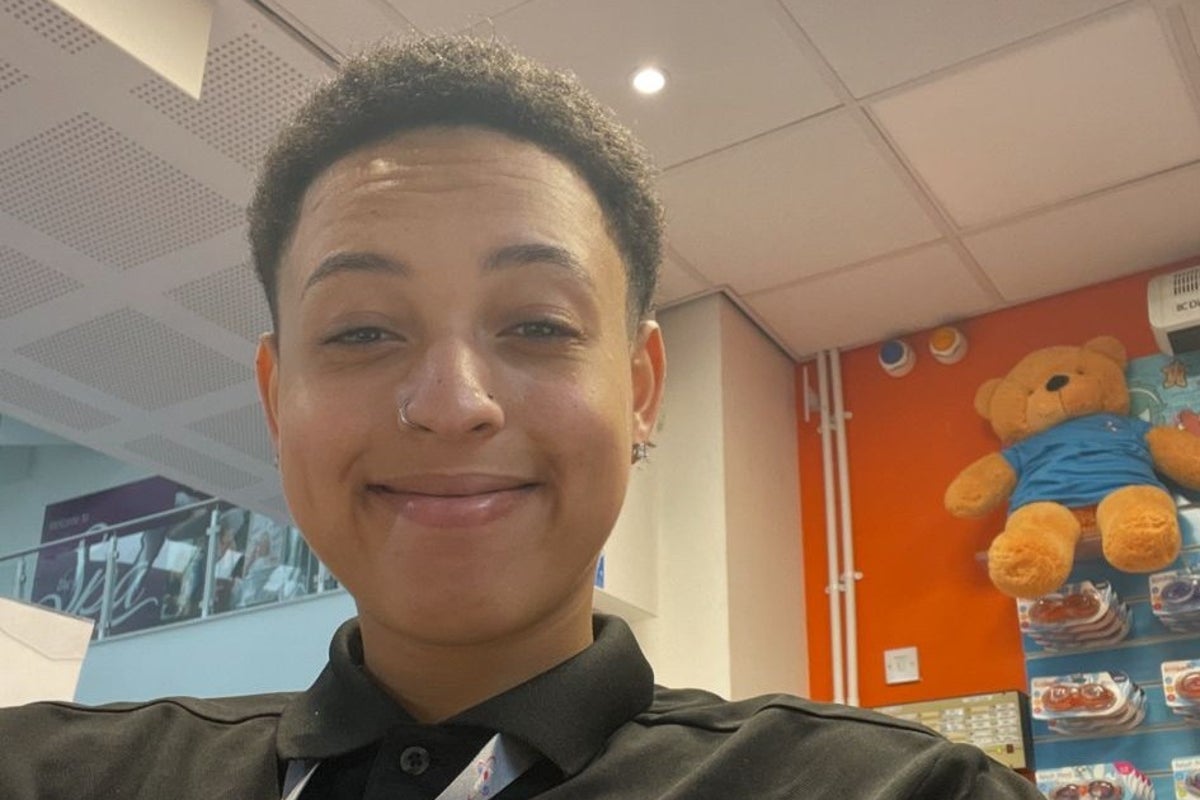It is estimated that almost 2.5 million people in England have an attention deficit disorder with hyperactivity (ADHD), including non -diagnosed, according to New Nhs England.
This is the first available public estimate of the prevalence of the condition among the population.
Of the estimated total of 2,498,000, approximately 741,000 are children and young people between five and 24 years old.
These figures were developed using estimates from the National Institute of Excellence in Health and Care (NICE), which suggests that about 3-4% of adults and 5% of children and young people have ADHD.
These new data also suggest that more than half a million people (549,000) in England were waiting for a ADHD evaluation at the end of March 2025, compared to 416,000 a year earlier at the end of March 2024.
In the light of these new figures, we talked with Seb Thompson, a consultant clinical psychologist and lead of regional psychology (South Yorkshire) in Cygnet Health Care, who has dissipated some common myths about ADHD and highlighted some common symptoms to take into account.
What is ADHD?
“Hyperactivity attention deficit disorder (ADHD) is a neurodevelopment condition that affects someone's attention and/or its levels of hyperactivity and impulsivity,” explains Thompson. “Usually, when someone has ADHD, it tends to fight with their attention, with hyperactivity and impulsivity, although it is possible to fight with the symptoms of a specific domain (for example, only inating symptoms).
“ADHD is definitely more frequent and easily diagnosed in boys. However, it is important to keep in mind that girls can also have ADHD and that this condition is often not detected in girls.”
What are some wrong concepts about ADHD?
“When you read the list of symptoms associated with ADHD, most of us will recognize that we can all be inattent or restless from time to time,” Thompson acknowledges. “The difference with ADHD is the omnipresence of symptoms and how it can affect the functioning and quality of life for the individual.”
There are also many other reasons why someone could fight with attention, hyperactivity or impulsivity that could resemble ADHD, but that are really something else, adds the clinical psychologist.
“For example, if someone has auditory problems, they could present as unatthen, but they could also easily lose the approach and restless if they are not sure what they should be doing,” says Thompson. “Likewise, someone's difficulties with attention, impulsivity and hyperactivity could be related to other diagnoses, such as autistic spectrum disorder or learning disability. Other explanations of what it seems that ADHD could include attachment difficulties, depression or trauma experiences.”
What are some common ADHD signs?
“Attention difficulties associated with ADHD could include difficulties in maintaining attention in tasks for long periods (particularly when there is no immediate reward), making frequent and neglected errors and often extravagant or losing items,” Thompson lists. “They also include being easily distracted, looking awake, difficulties with planning and organization, difficulties to remember doing tasks and difficulties with instructions.
“The symptoms must be present in multiple environments, that is, throughout the school and home.”
There is also an element of prevalent hyperactivity with which people with ADHD often fight.
“The difficulties of hyperactivity/impulsivity associated with ADHD could include not being able to sit without restlessness, excessive restlessness, finding the silence to be uncomfortable, difficulty participating in tasks in silence, the difficulties in taking shifts, saying impulsively or doing things without thinking about the consequences, as a tendency not to consider the risks of behavior,” says Thompson.
In addition to these central symptoms, people with ADHD also often suffer with low self -esteem, depression and anxiety, adds the psychologist.
“People who frustrate their difficulties can stop trying at work or at school, or lose interest in their hobbies because they cannot maintain attention to participate,” says Thompson. “The frustration of some people can become anger, and that show behaviors that can be considered harmful.”
How can a diagnosis help people?
“ADHD diagnoses are typically given by specialized ADHD evaluation teams,” explains Thompson. “If someone is worried, they could also talk to their header who should be able to sign it to the relevant service in their area.”
A diagnosis could be useful at multiple levels.
“He could help explain to the person (already his family) why his brain works in the way he does,” says Thompson. “I could help explain that they are not to blame for their ADHD, and that they have not done anything wrong to cause it. It can help explain that it is simply the way the brains of some people work.
“It can also be useful in the sense that you can open the door to treatment if it is pharmacological or psychological. It is this treatment that can help people start living with ADHD and learn strategies to help them.”












